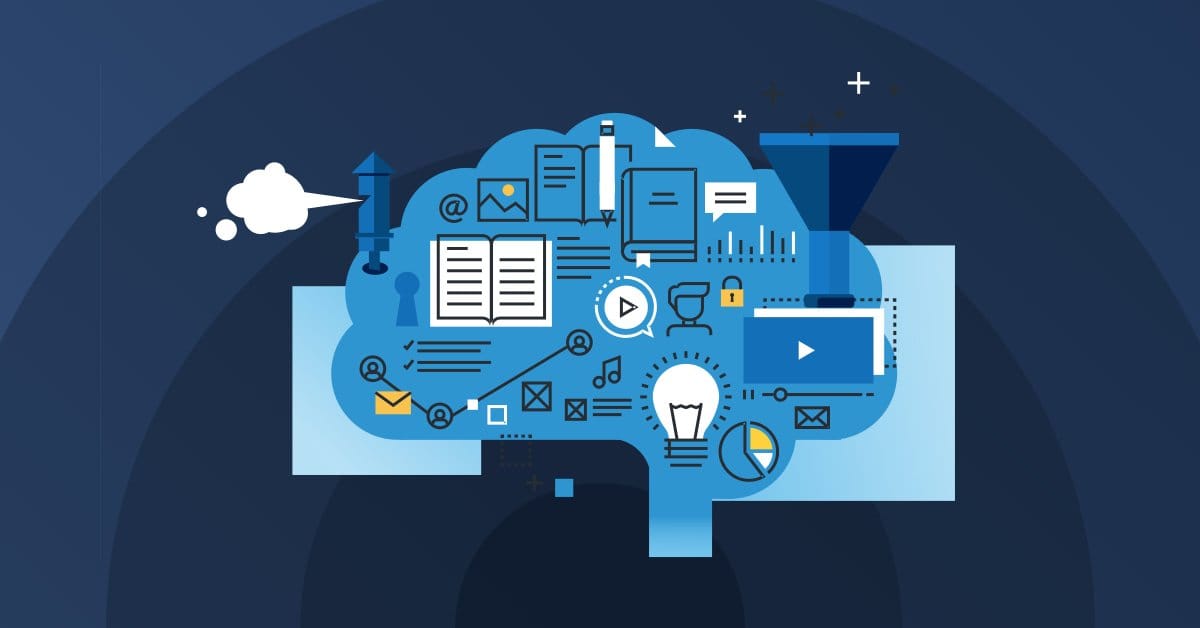
Machine Learning vs. Artificial Intelligence: What’s the Difference?
In the realm of technology, buzzwords often dominate conversations, and two that frequently make an appearance are Artificial Intelligence (AI) and Machine Learning (ML). These terms are sometimes used interchangeably, yet they represent distinct concepts that have their own roles, applications, and future potential. In this blog, we’ll unravel the intricate differences between AI and ML, explore their applications, and consider the impact they’re set to have on our world.
Artificial Intelligence: Beyond Human Capabilities
Artificial Intelligence, or AI, is a branch of computer science and engineering that delves into creating machines capable of mimicking human intelligence, decision-making, and problem-solving. It encompasses a vast array of technologies and techniques aimed at enabling computers to perform tasks traditionally associated with human cognition.
At its core, AI enables machines to think and act like humans. To achieve this, AI systems require immense amounts of data for pattern recognition to find insights that might not be immediately apparent to human observers. These systems then use this acquired knowledge to make decisions, solve problems, and perform tasks.
While the concept of AI dates back to the 1950s, recent advancements in processing power, data availability, and machine learning techniques have propelled AI to new heights. In today’s world, AI is already an integral part of our lives, powering virtual assistants, recommendation systems, self-driving vehicles, and more. The trajectory of AI points towards a future where it will continue to revolutionize various industries.
Machine Learning: The Art of Learning from Data
Machine Learning, a subset of AI, focuses on developing models and methods that enable computers to learn from experience without explicit programming. It’s a technique that empowers computers to perform specific tasks by feeding them data and allowing them to improve their performance over time.
Machine Learning finds application in predictive analytics, natural language processing, image and audio recognition, and other domains that benefit from automatic pattern detection and learning. It’s categorized into three main types: supervised learning, unsupervised learning, and reinforcement learning.
In supervised learning, computers learn from labeled datasets, making correlations between input and output variables. Unsupervised learning involves recognizing patterns in unlabeled data, while reinforcement learning allows computers to acquire new skills by interacting with their environment and receiving feedback.
A more specialized version of Machine Learning is deep learning, which involves training artificial neural networks on massive datasets to recognize intricate patterns and make predictions. This advanced technique holds promise for understanding complex relationships in data.
Key Distinctions Between AI and ML
While AI and ML are interconnected, several vital differences set them apart:
-
Scope: AI is a broader field encompassing various techniques, including ML. In contrast, ML is a subset of AI dedicated to using statistical models and algorithms for learning and prediction.
-
Approach: AI designs algorithms mimicking human cognition, whereas ML trains algorithms on data to discover patterns for prediction.
-
Data Requirements: AI can function with limited data, while ML requires substantial datasets for training and pattern recognition.
-
Flexibility: AI algorithms are often tailored for specific tasks, whereas ML algorithms are versatile and can tackle diverse challenges.
-
Human Involvement: AI can replace or enhance human capabilities, while ML typically automates processes or supports human decision-making.
Applications of AI and ML
AI and ML are omnipresent in various sectors:
-
Natural Language Processing (NLP): Chatbots, sentiment analysis, speech recognition, and translation.
-
Finance: Fraud detection, risk management, and portfolio optimization.
-
Recommendation Systems: Suggestions for books, movies, products, etc.
-
Image and Video Recognition: Face identification, object detection, scene recognition.
-
Autonomous Systems: Self-driving cars, drones.
-
Healthcare: Diagnosis, treatment planning, drug discovery, patient management.
Potential and Challenges
AI and ML are poised to bring transformative changes to industries, streamlining operations, reducing costs, and enhancing decision-making. However, they also present ethical challenges, such as their impact on employment, privacy concerns, and the need for responsible development.
AI and ML are distinct yet interconnected technologies reshaping our lives. AI strives to replicate human intelligence, while ML empowers machines to learn and predict from data. Their potential to revolutionize industries is enormous, but addressing ethical concerns remains paramount as we navigate this technological frontier. As we look ahead, the synergy between AI and ML holds the promise of a future defined by innovation, efficiency, and new possibilities.



